Best indoor succulents – 11 varieties to grow in your home
Loved for their unique colors and shapes, there's a type of succulent for every room
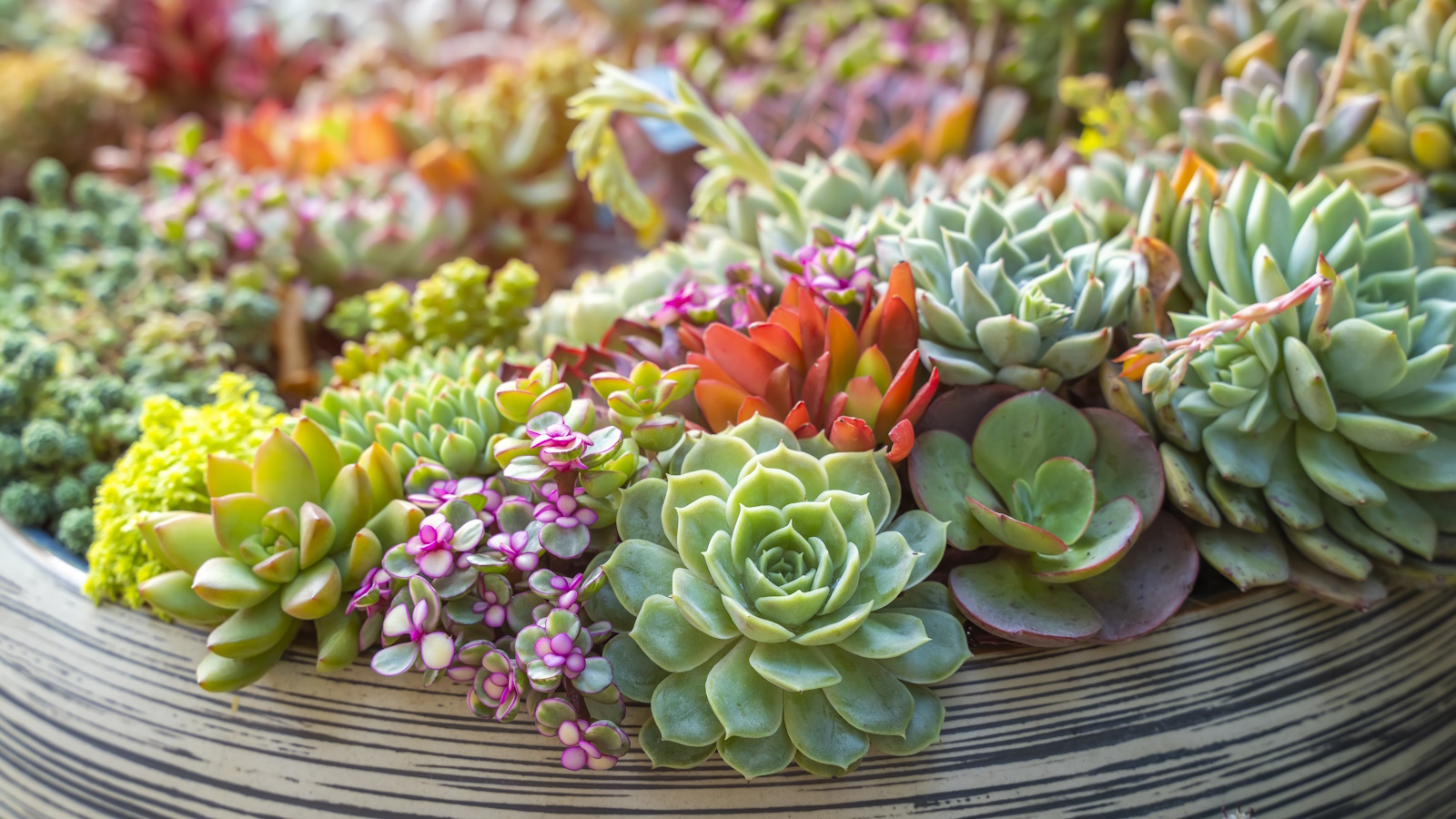

Indoor succulents have become the stars of social media and a must-have accessory for any modern home. Most are known for their stylish good looks and reputation for being very easy to care for. But what makes a plant a succulent?
Defined as a plant with fleshy leaves adapted to storing water, most of the plants in this group hail from deserts and areas that experience hot, dry seasons, giving you a clue as to the conditions they need.
Succulents come in all shapes, sizes and colors, and while most are grown for their leaf interest, given the right conditions, some may also produce pretty flowers. Their love of dry soils and high temperatures makes them some of the best indoor plants, and while most will not tolerate cold, wet winters, many can also be grown outside in summer, provided they are in pots with drainage holes.
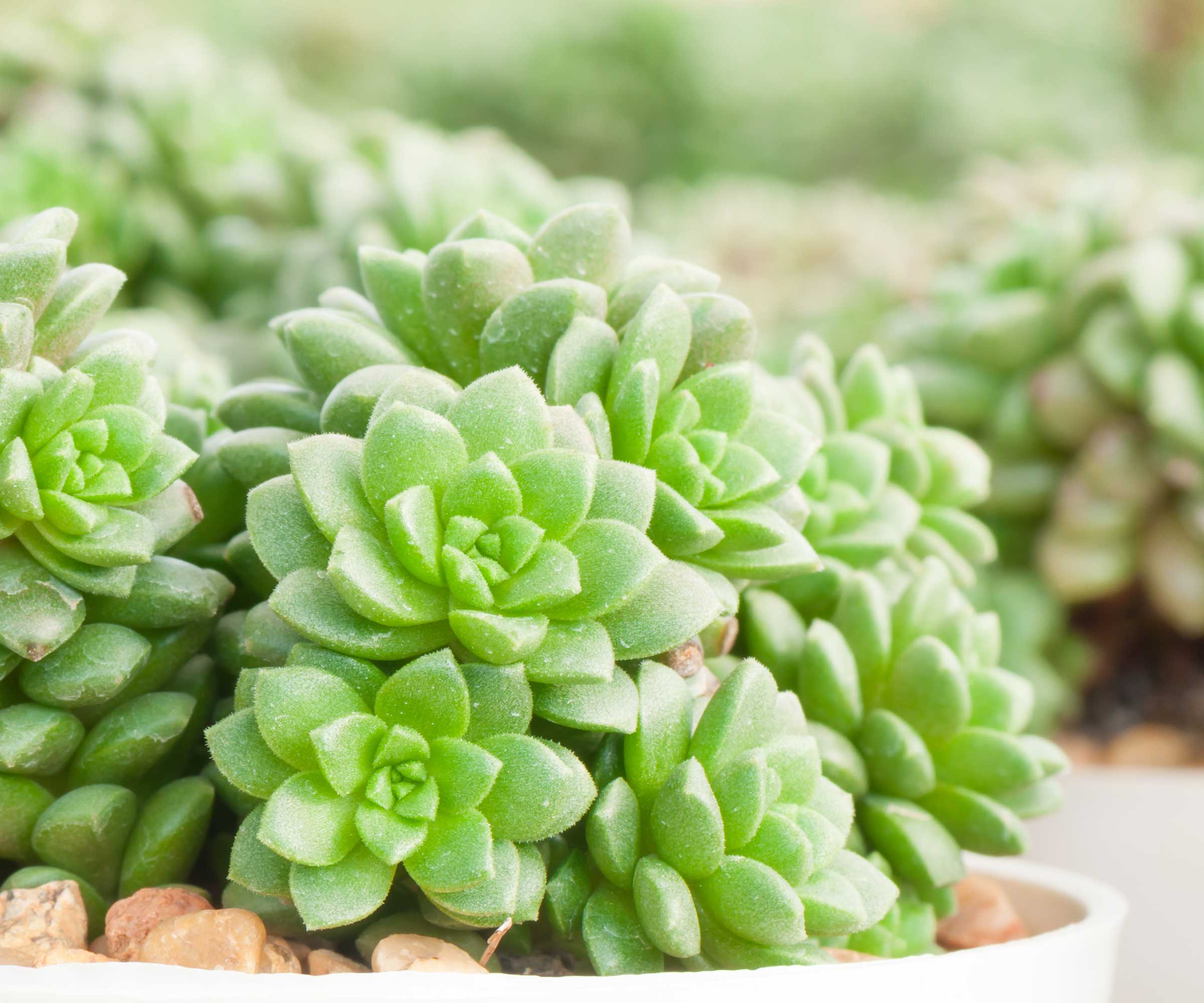
11 indoor succulents
To maintain these beautiful plants indoors, you'll need to place them in a room that receives bright sunlight but provide a little shade in the height of summer when direct sun can scorch their leaves. With the perfect spot in your home prepared, try growing on of these indoor succulents:
1. Aeonium
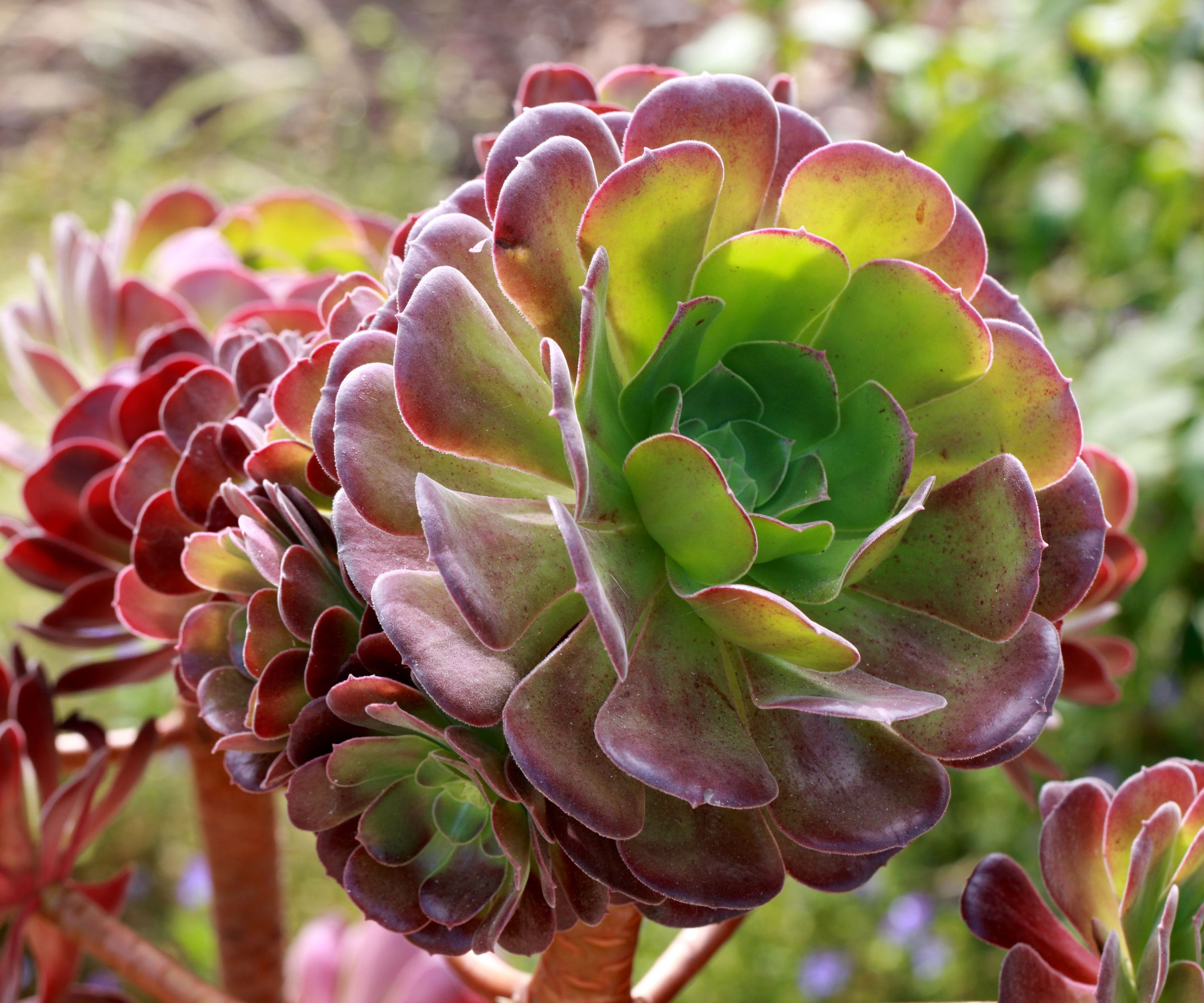
These striking indoor succulents include the tall Aeonium arboreum, which produces leafy rosettes on sturdy branches and can reach up to three feet in height (which could almost be classed as a small indoor tree), as well as short, wide plants, such as the dinner plate aeonium, Aeonium tabuliforme.
Leaf colors range from pale green to orange-red and dark burgundy, and mature plants may also produce star-shaped flowers from late winter to early summer. Their main growth period is from fall to late spring, and plants can become semi-dormant in summer, when they prefer to be outside where the higher humidity prevents their leaves from withering.
'Aeonium perfers wetter conditions than most succulent plants. Water the soil only when the top inch of soil is dry,' advises Tammy Sons, horticulturist and CEO of TN Nurseries. Use this soil moisture meter from Amazon to identify when your succulent needs watering.
You can also apply a half-strength balanced fertilizer once a month between fall and spring. Reduce watering and do not feed in the summer.

Tammy Sons is a horticulture plant expert, garden writer, and educator. Tammy is the CEO and founder of TN Nursery, a thriving online plant nursery based in Altamont, Tennessee. She is also a prolific writer, sharing her knowledge through articles on various gardening topics, including plant care, sustainable landscaping, and the latest trends in horticulture.
2. Echeveria
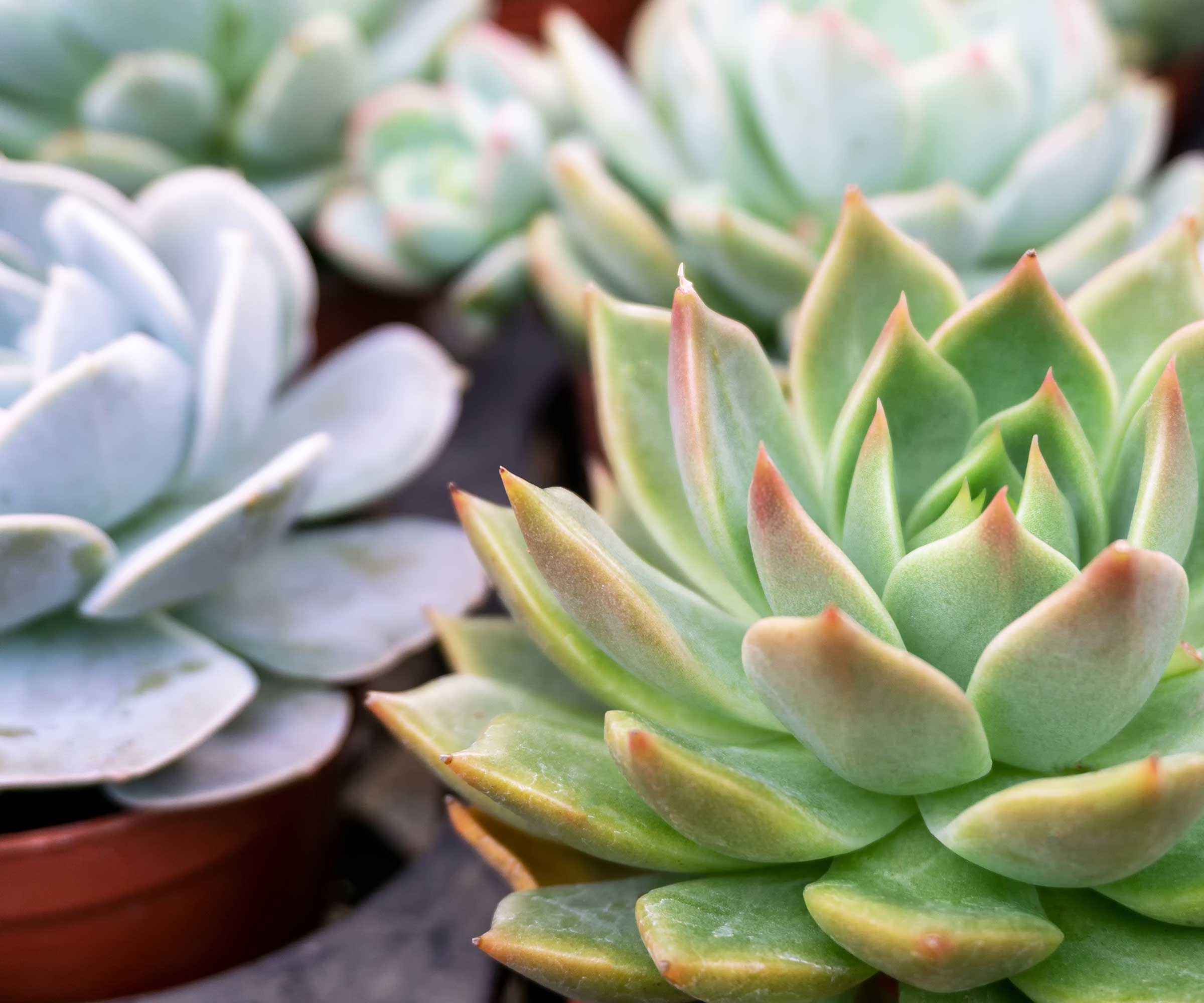
Echeveria will also produce small flowers in spring and summer
These compact succulents are loved for their colorful leaf rosettes that resemble tiny waterlilies. 'It's a genus with incredible color variations and symmetrical growth patterns that transform indoor spaces into living art galleries,' says Jeanna Liu, plant expert and CEO of Cowbell Plant Co.
Choose from jade green, deep purple, pink or pale blue-green leaves, or one of the variegated forms, and pot them up individually or in groups to create a colorful, textured display.
Echeverias are low maintenance indoor plants which also flower reliably, producing lantern-shaped orange, red or pink flowers on long stems in spring and summer, and they can be taken outside and added to your succulent garden after the frosts in spring.
Water these succulents from spring to the end of summer when the top of the compost feels dry and feed once a month during the same period with a half-strength balanced liquid fertilizer - this succulent plant food from Amazon will also work well. Reduce watering in fall and winter, applying just enough to prevent the leaves from shrivelling.
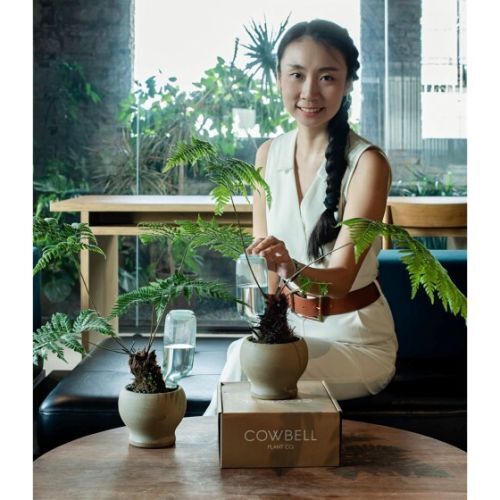
Jeanna Q. Liu, founder and CEO of Cowbell Plant Co., is transforming the houseplant industry with the world's first pressure-regulated self-watering system. A former Wall Street professional turned entrepreneur, Liu leveraged her MIT engineering background and passion for nature to solve a persistent problem for plant enthusiasts: keeping plants alive during extended absences.
3. Aloe
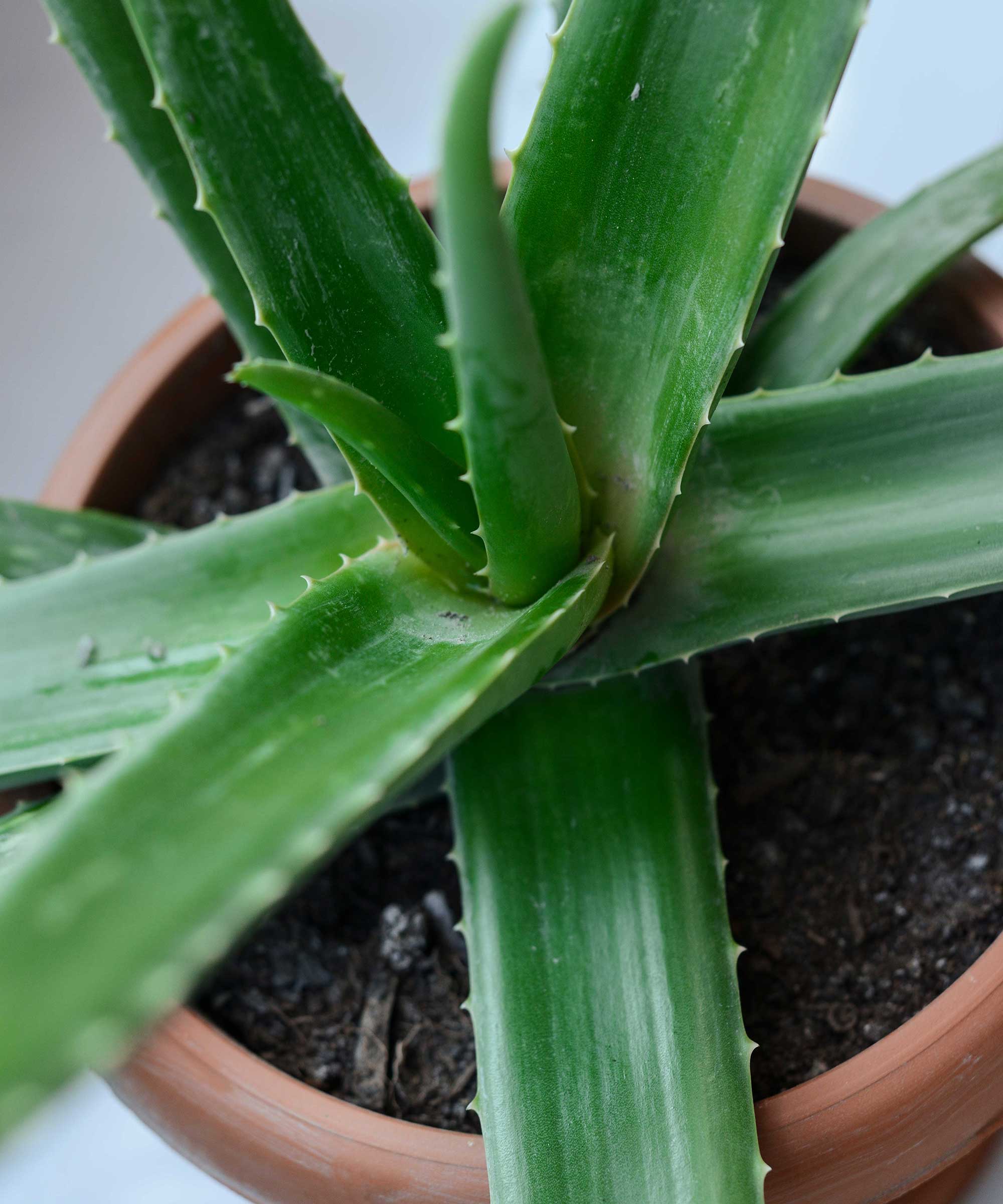
The stunning Aloe variegata produces beautiful peachy-red flowers in summer
The ever-popular aloe vera is the most famous in this group of indoor succulents: 'Aloe vera remains a classic, offering both decorative and medicinal properties,' says Jeanna.
More decorative options will make great bedroom plants. These include the smaller lace aloe (Aloe aristata), which produces leaves with fine white patterning, and the partridge-breasted aloe (Aloe variegata), with its striking white-striped foliage. However, these species do not have the same healing powers as their cousin. Aloes may also produce yellow, orange, pink or red tubular flowers on long stems in spring and summer, although when grown indoors they are often reluctant to bloom.
One of the key things to remember with aloe plant care is to ensure that you water the plants from spring to early fall when the top of the compost feels dry, and feed with a half-strength cactus fertilizer (from Amazon) once a month during the same period. Reduce watering in fall and winter, applying just enough to prevent the leaves from shrivelling.
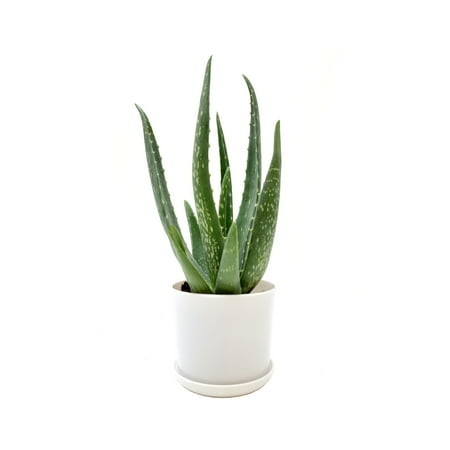
In my mind there is nothing more relaxing that noticing the tiny, intricate shapes and details on the leaves of succulents. This aloe vera in a classically stylish ceramic pot would be a wonderful addition to a bedroom or bathroom.
4. String of hearts
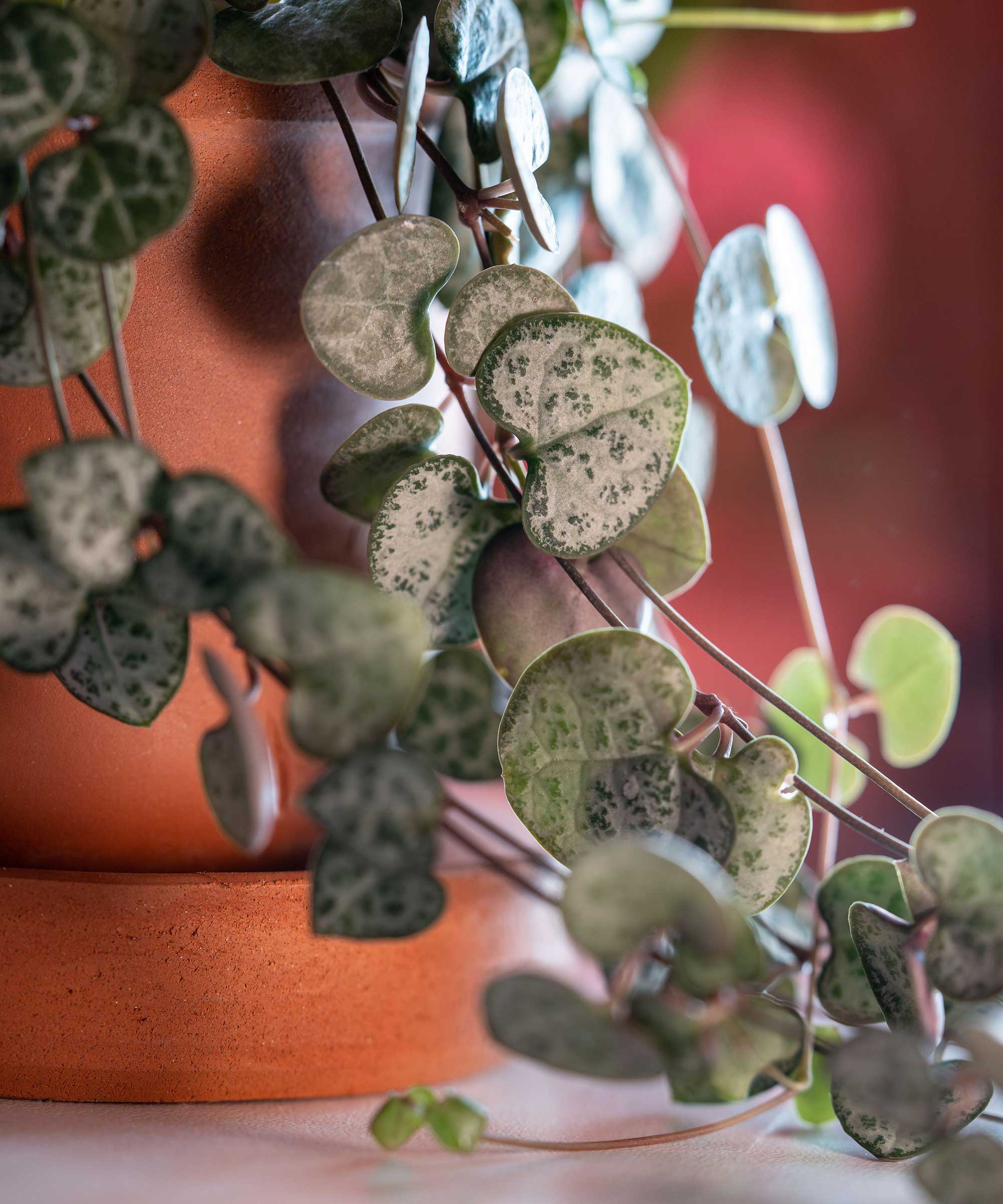
String of hearts are a beautiful trailing variety of indoor succulents
The fountain of heart-shaped leaves on slim cascading stems makes this easy-care succulent ideal as an indoor hanging plant in a sunny room. The filigree silver patterning on green upper surfaces of the leaves, which are purple beneath, adds to its charm, and the little pink and purple tubular flowers are a bonus when they appear in summer.
The main secret to success with growing string of hearts is that they should be watered only when the top of the compost feels dry; apply a half-strength balanced fertilizer once a month during spring and summer. Reduce watering in autumn and winter, when the plant should be kept almost dry.
'Make sure to also hang this plant somewhere high as it can grow anywhere from three to nine feet long,' Tammy advises.
5. Crassula
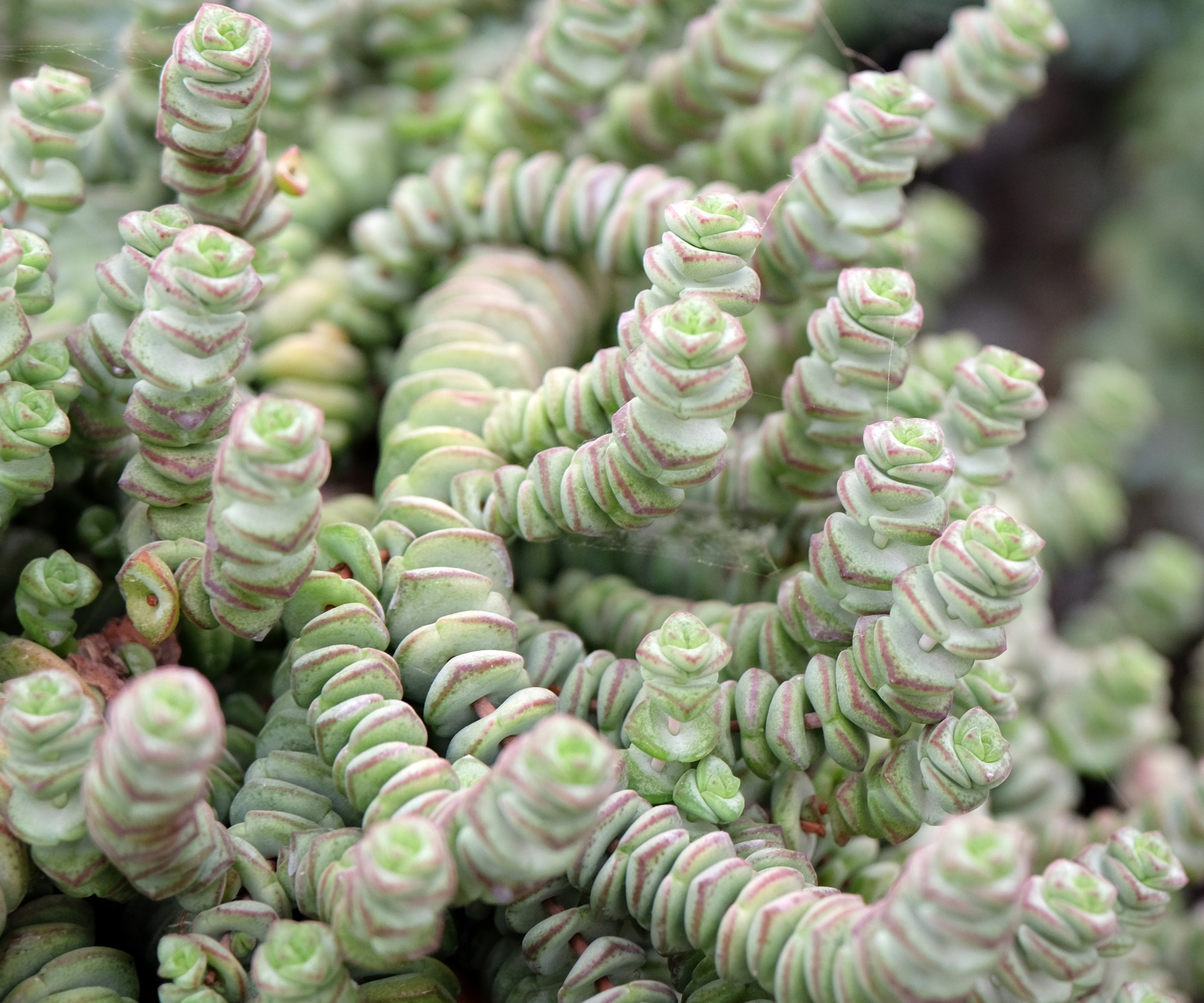
The jade necklace plant produces unusual bead-like leaves on gently trailing stems
Almost indestructible, crassulas are the perfect choice for a time-poor indoor gardener. The most popular plant in the group is the money or friendship tree (Crassula ovata) which produces branched stems of fleshy, oval, green leaves, edged with a thin red border.
The cultivar ‘Hobbit’ has tube-like leaves. These easy-going plants can reach up to three feet in height and will form a tree-like structure, but they are among slow-growing succulents, so buy big if you want a large one.
At the other end of the spectrum, the tiny jade necklace plant (Crassula marnieriana) grows to just four inches in height, and sports unusual square bead-like leaves on gently trailing stems.
'Crassula muscosa 'Watch Chain' is a fun variety if you're looking for height,' Tammy suggests. 'It's best to soak the plant and allow it to dry out completely before watering again,' she adds.
6. Haworthia
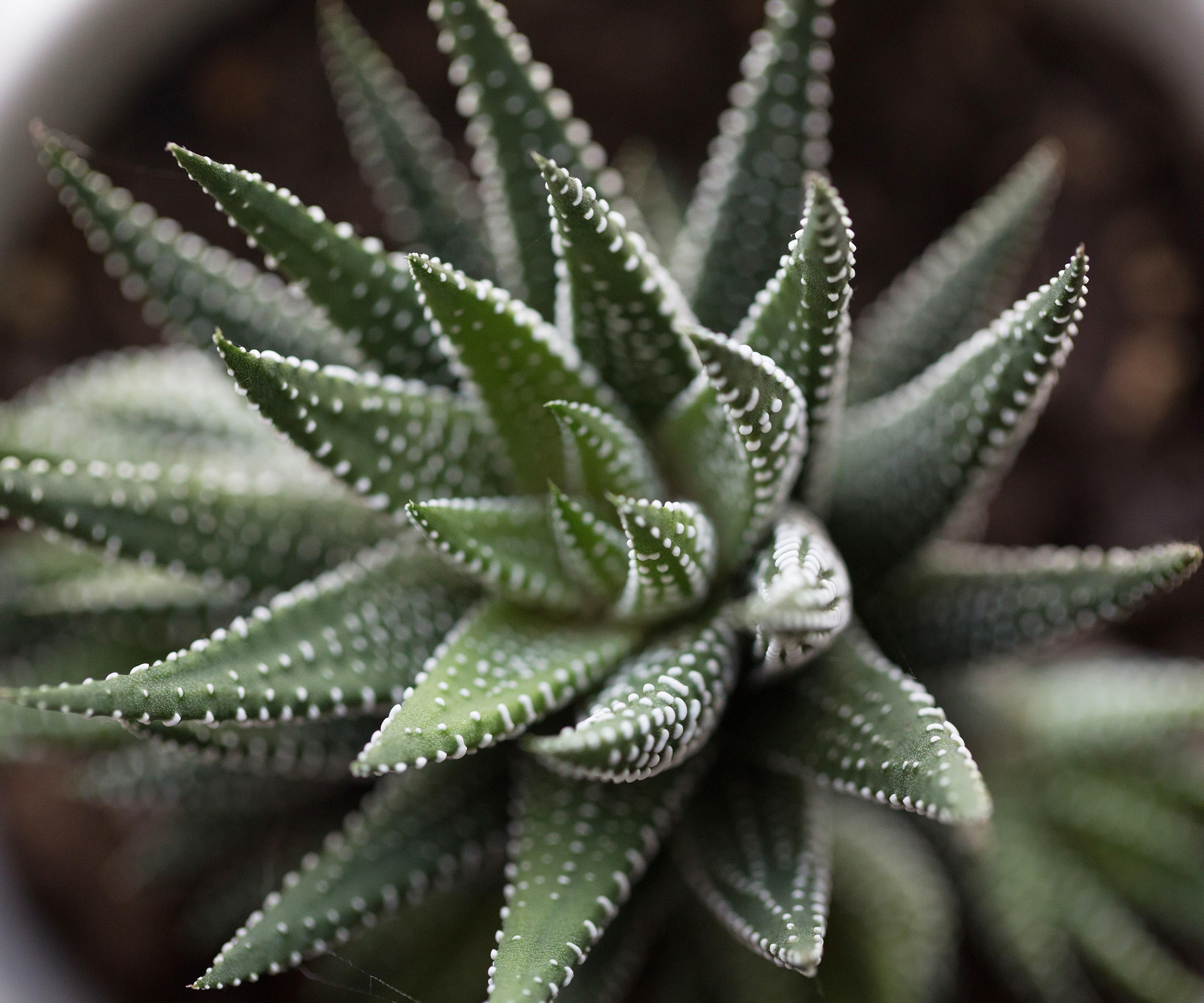
Haworthia fasciata
Small and spiky, haworthias are often mistaken for aloes, which are similar in shape. 'Haworthia, with its translucent, window-like leaf structures, represents another extraordinary indoor succulent that thrives in moderate light conditions,' says Jeanna.
One of the most popular choice for indoor succulents is the zebra plant (Haworthia attenuata f. caespitosa) which, as the name suggests, features bright white stripes on dark green leaves. Haworthia fasciata is very similar and also produces white-striped leaves. Both bear tubular green or white flowers on long stems in summer.
Another good choice is Haworthia cymbiformis, with its small triangular, mid-green leaves and pale pink tubular flowers. Mix and match haworthias with echeverias and moonstones in a bowl for a dazzling displays of shapes, colors and textures.
Water during spring and summer when the top inch of compost feels dry, and reduce watering in winter, keeping the plant almost dry. Apply a half-strength balanced liquid fertilizer once or twice from spring to midsummer.
You can also set these little plants outside in summer in a warm, sheltered area, in pots with drainage holes in the base to prevent waterlogging. Take leaf cuttings for propagating succulents into more plants.
7. Kalanchoe
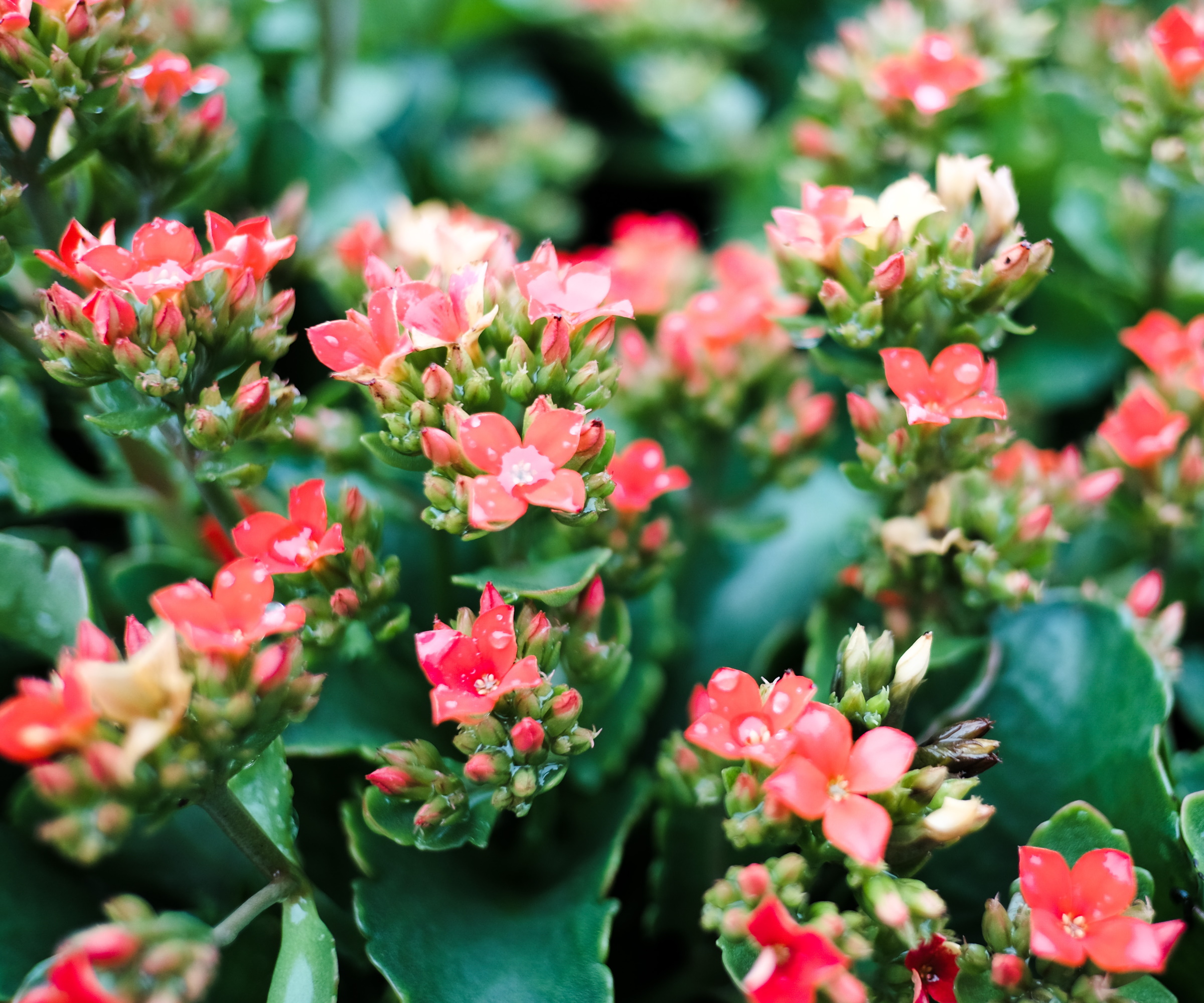
The flapjack plant’s rosettes of red-tinted oval leaves create an eye-catching feature
Encompassing a varied group of plants, the most popular kalanchoe is flaming Katy (Kalanchoe blossfeldiana), which has fleshy dark green leave and brightly colored starry flowers in shades of white, yellow, orange, red and pink that appear from late winter to summer.
Others have silvery leaves, such as the panda plant kalanchoe tomentosa, with its soft grey-green foliage, edged with brown spots, while the flapjack plant (Kalanchoe thyrsiflora) produces rosettes of oval, red-edged grey-green leaves. The light conditions needed to grow indoor succulents make them good conservatory plants as long as they're kept out of direct sunlight.
In summer, water when the top of the compost feels dry, and apply slightly less in spring and fall. In winter, reduce watering further, giving just enough to prevent the leaves from shrivelling. Feed with a half-strength balanced liquid fertilizer once a month from late spring to fall.
8. Lithops
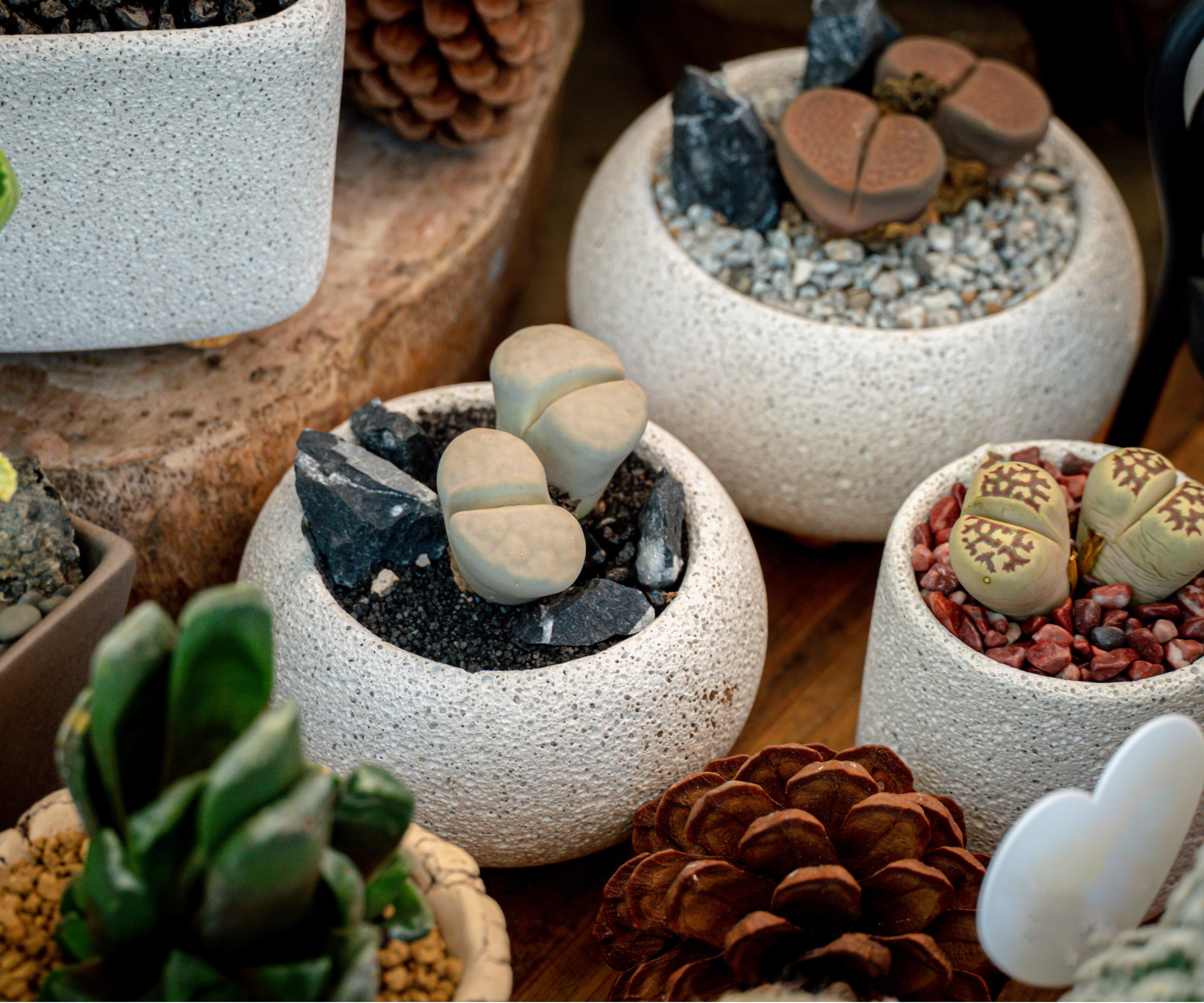
Stone plants are easy care indoor succulents
Tiny living stones (Lithops) are among the easiest indoor succulents to care for, their pairs of squat stemless leaves rarely needing watering, even in summer.
Resembling small patterned pebbles, these indoor succulents come in a range of subtle colors, from pale beige to olive green and blue-grey. White or yellow daisy-like flowers appear between the leaves from summer to fall, and may be scented.
'Lithops require minimal water and thrive in environments mimicking their native desert conditions,' Jeanna notes.
From spring to early fall, water when the top inch of compost feels dry, and do not water over winter. Apply a half-strength cactus fertilizer once in spring, which will encourage the flowers to form.
9. Pachyphytum
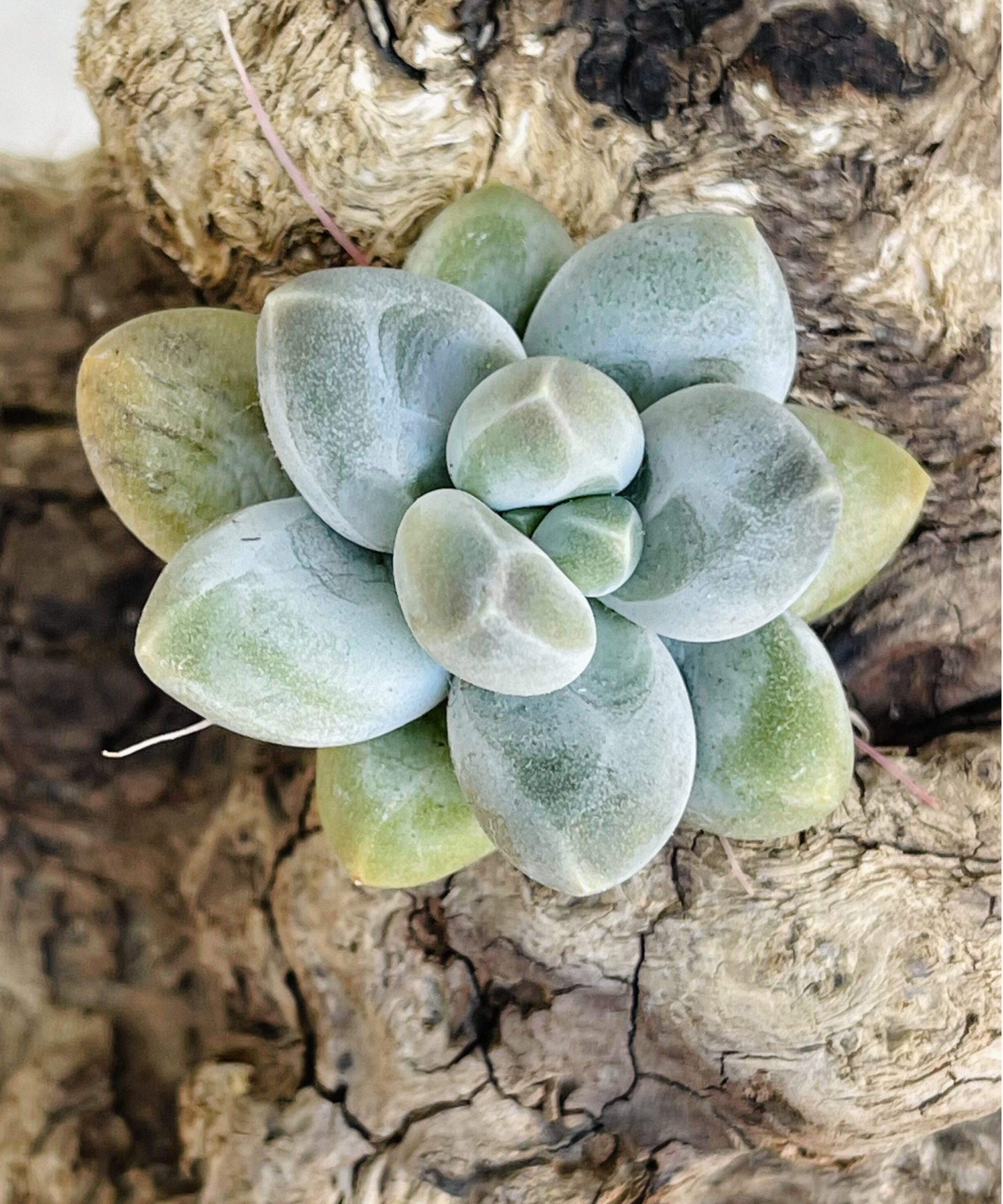
Pachyphytum bracteosum
The smooth round leaves of moonstones (Pachyphytum oviferum) look like sugared almonds and make a beautiful contrast when combined with pink- and purple-leaved echeverias. Or for a more subtle grouping, pair them with Pachyphytum bracteosum which forms a rosette of tear-shaped leaves with the same subtle silvery blue coloring.
Moonstone cultivars with pink, mauve and peach-colored leaves are also available. In spring, small red or orange flowers on long stems may appear between the foliage. Take care when handling these plants, as the powdery coating covering the leaves is easily blemished when touched.
All indoor succulent varieties will need some sunlight so they won't make good indoor low light plants. Water from spring to fall when the top of the compost feels dry, and keep the plant almost dry in winter. Apply a half-strength cactus fertilizer once in spring.
10. Sedum
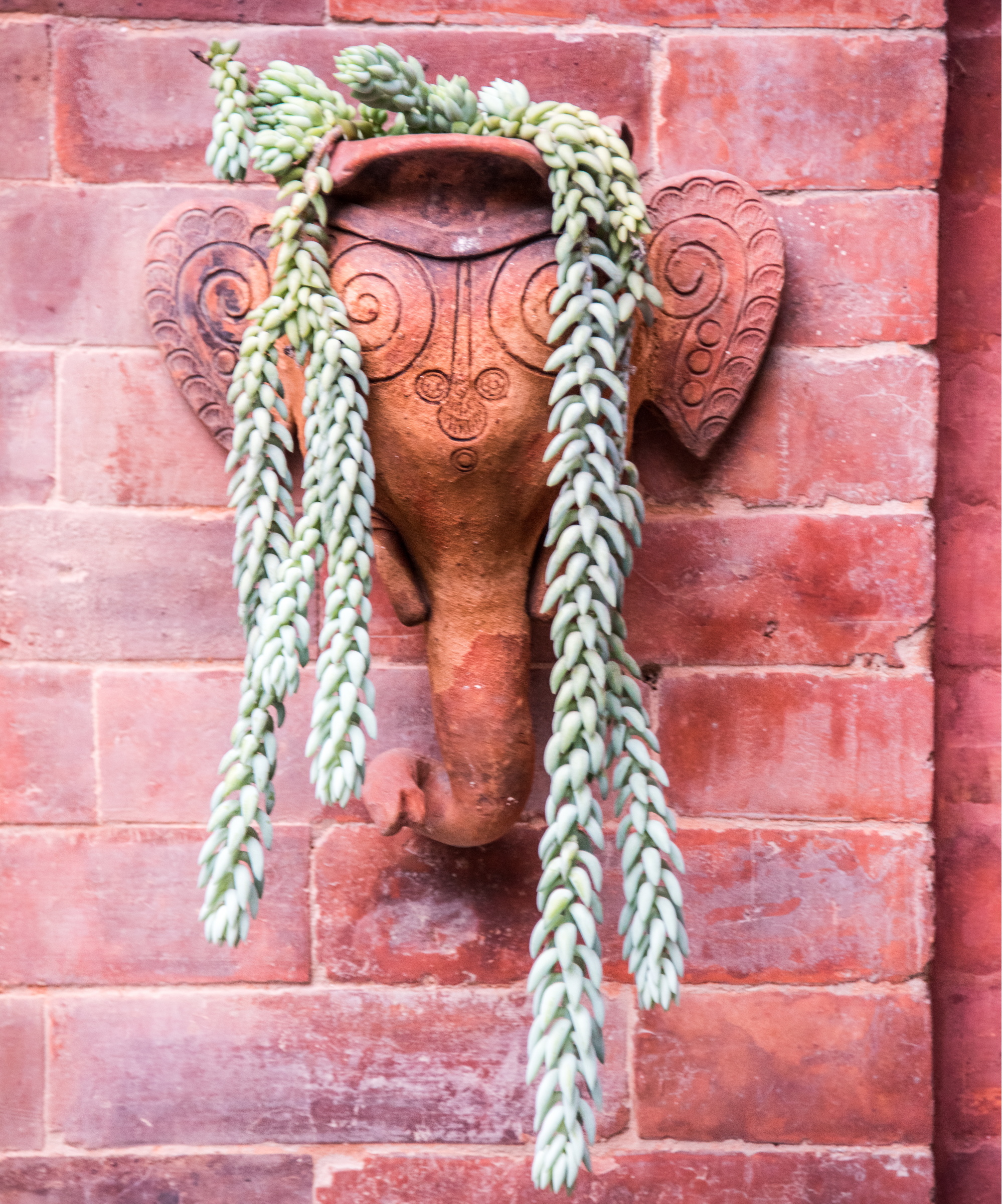
Jelly bean plant (Sedum pachyphyllum)
This wide and varied group of plants include many suitable for growing outside in a garden, and a few that make beautiful house plants, so check labels carefully if you plan to grow them as part of your indoor garden ideas.
The best include the trailing donkey’s tail (Sedum morganianum), with its short stems of bead-like grey-green foliage, and the more unusual jelly bean plant (Sedum pachyphyllum), which produces clusters of red-tipped lozenge-shaped foliage on upright stems.
Large yellow star-shaped flowers may also appear in summer on mature plants. Take care when handling sedums, as their stems are quite brittle and may snap off. From spring to fall, water when the top of the compost feels dry; in winter keep the plants dry, applying water only to prevent the leaves from shrivelling. Apply a half-strength cactus fertilizer every six weeks from spring to midsummer.
11. Houseleek
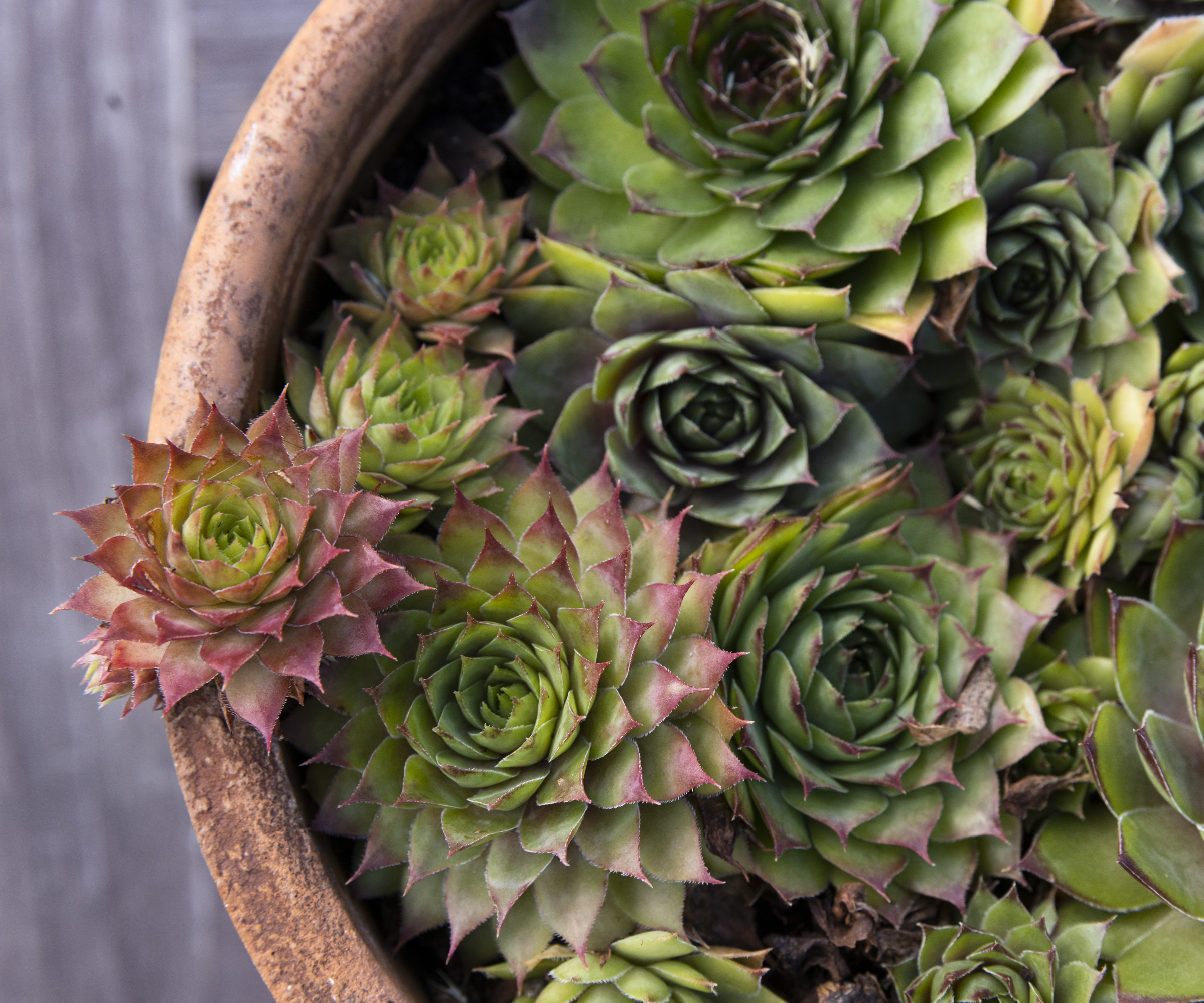
The dark leaves of Sempervivum ‘Purple Queen’ create a beautiful contrast when combined with pale green houseleeks
Prized for their tiny rosettes of fleshy leaves with pointed tips, houseleeks come in a wide range of colors, from apple green and blue-grey to dark burgundy and purple, as well as many variegated forms. The striking cobweb houseleek (Sempervivum arachnoideum) is a favorite, loved for its green or red rosettes coated with fine white wool – hence the name.
These ground-hugging plants can be grown inside or out, since they are hardy and will survive cold winters if the soil doesn’t become too wet. They are also more likely to produce their stout stems topped with starry pink flowers in summer when set outside. The leaf rosette from which the flower spike emerges will die after the bloom fades, but houseleeks usually produce plenty of baby plantlets to replace those that are lost.
From spring to fall, water when the top of the compost feels dry. Place houseleeks in a cool bright room over winter and water just enough to prevent the leaves from shrivelling. Apply a half-strength cactus fertilizer once a month from spring to midsummer.
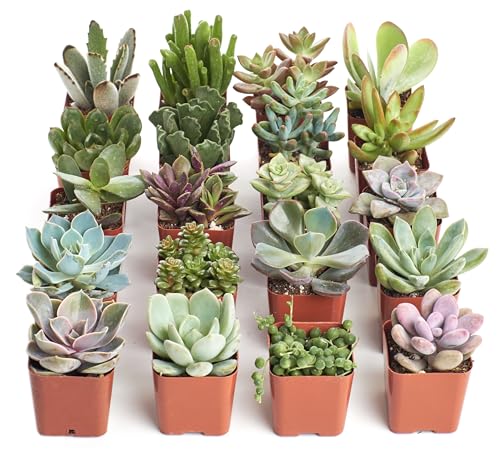
If you can't choose between all our wonderful succulent options, this would be my go-to solution. A treasure trove of mini succulents you can pot up individually, or add to a terrarium. I've bought these before, and can vouch for their quality. They also make amazing little gifts when combined with a ceramic container.
FAQs
What is the most common type of succulent to grow indoors?
There are thousands of succulent species but the most popular houseplants are the diminutive echeverias, which produce dainty rosettes of colorful leaves; aloes, including Aloe vera, prized for its sap which helps to relieve burns; and houseleeks, which look like echeverias but generally have slightly smaller and more compact leaf rosettes.
What is the prettiest indoor succulent?
Beauty is in the eye of the beholder, and while some may love the simple elegance of an Aeonium haworthii with its pink-edged leaf rosettes, or the smooth pebble-like folaige of moonstones (Pachyphytum oviferum), if you like brighter colors, you may be drawn to indoor succulents with more drama, such as a flaming Katy (Kalanchoe blossfeldiana) with its bright orange, yellow, pink or red flowers. With such a huge selection of varieties on offer, simply choose those that best suit your style.
These are just some of the best types of succulents - there are also plenty of fast-growing succulents if you're looking for something that will fill a space more quickly. Whichever succulents you choose to grow, why not try making your own succulent potting mix?
Sign up to the Homes & Gardens newsletter
Design expertise in your inbox – from inspiring decorating ideas and beautiful celebrity homes to practical gardening advice and shopping round-ups.

Zia Allaway is a garden book author, editor, and journalist, and writes for a range of gardening and women’s magazines, including Easy Gardens, Homes & Gardens and Livingetc, as well as The Guardian and The Daily Telegraph newspapers. She has also written books for the Royal Horticultural Society and Dorling Kindersley publishers, including Eco-Gardening, Compost, Low Maintenance, Practical House Plant Book, Practical Cactus & Succulent Book, Indoor Edible Garden, What Plant Where, and the Encyclopedia of Plants and Flowers.
-
 Everyone is obsessed with vintage tiles right now – bring the nostalgic charm of this classic design feature into your home with our 5 design ideas
Everyone is obsessed with vintage tiles right now – bring the nostalgic charm of this classic design feature into your home with our 5 design ideasHonor the past with our favorite ways to decorate with vintage tiles, as suggested by interior design experts
By Eleanor Richardson Published
-
 'It's a fast reset button' – using the 1, 2 ,3 ,4, 5 decluttering method cleared my persistent mess in seconds
'It's a fast reset button' – using the 1, 2 ,3 ,4, 5 decluttering method cleared my persistent mess in secondsIt's easy, effective and so quick to do
By Ottilie Blackhall Published